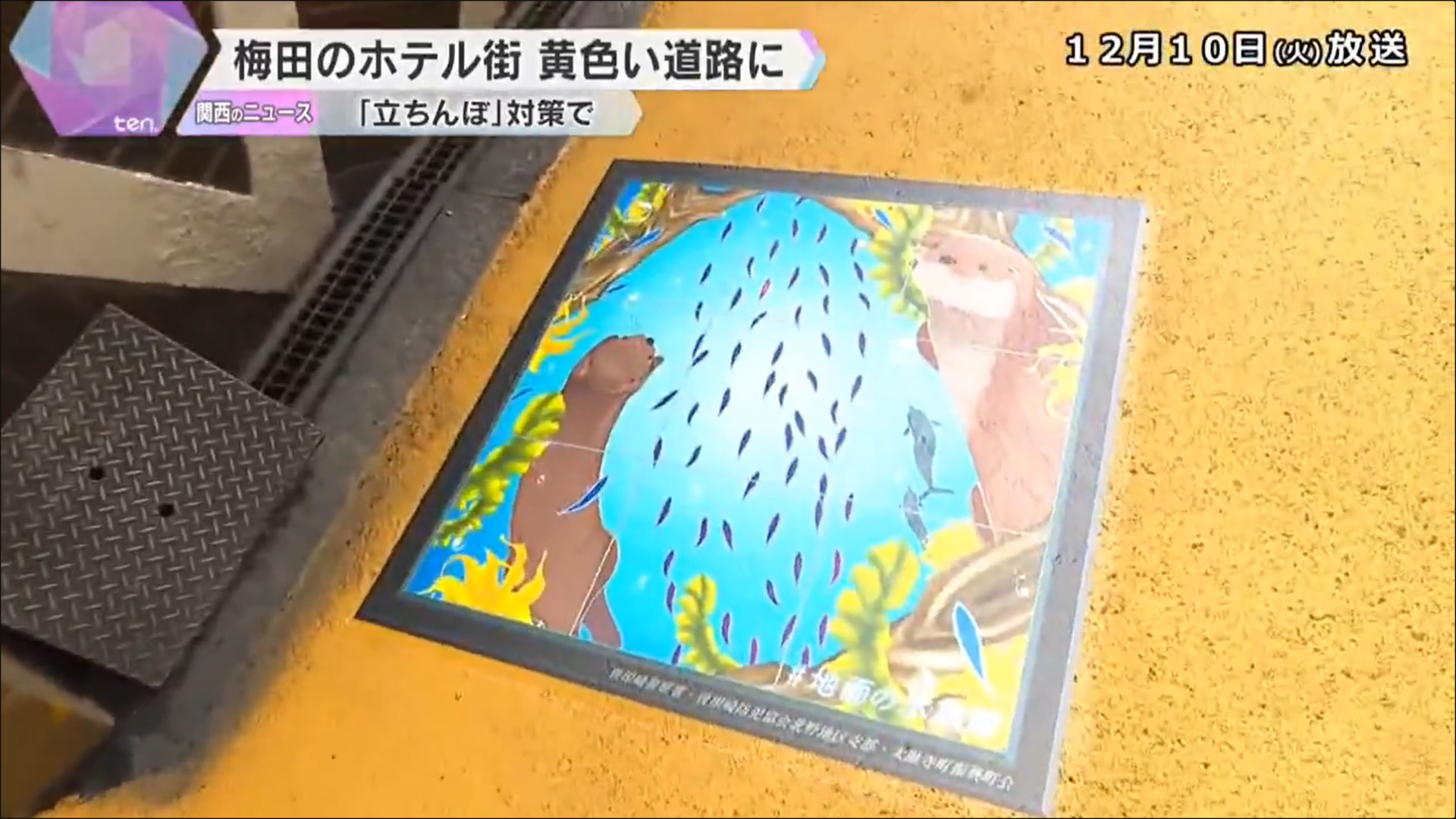Japanese city paints notorious street in red light district yellow
Prostitution is illegal in Japan but certain forms of adult entertainment such as ’soaplands’ are used as a loophole

Your support helps us to tell the story
From reproductive rights to climate change to Big Tech, The Independent is on the ground when the story is developing. Whether it's investigating the financials of Elon Musk's pro-Trump PAC or producing our latest documentary, 'The A Word', which shines a light on the American women fighting for reproductive rights, we know how important it is to parse out the facts from the messaging.
At such a critical moment in US history, we need reporters on the ground. Your donation allows us to keep sending journalists to speak to both sides of the story.
The Independent is trusted by Americans across the entire political spectrum. And unlike many other quality news outlets, we choose not to lock Americans out of our reporting and analysis with paywalls. We believe quality journalism should be available to everyone, paid for by those who can afford it.
Your support makes all the difference.A street in the red light district of Japan’s Osaka has been painted in yellow and decorated with murals to curb prostitution.
The Kita Ward, which is known for illicit activities like prostitution, was painted yellow last month as part of an experiment to see if it causes a psychological effect on the public. The street, about 100m long, was also decorated with murals depicting aquatic life.
Authorities believe the revamp will deter women from soliciting customers in the area ahead of the 2025 Osaka-Kansai Expo, which is scheduled to take place from April to October.
If successful, the initiative may be extended to other areas where prostitution is prevalent.
Last year, the Osaka prefectural police arrested 30 women on suspicion of violating Japan’s prostitution prevention law.

In recent years, there have been increasing efforts by local authorities to crack down on illegal sex work in red light areas. Many of those involved in prostitution are women, some of them trafficked or exploited.
Osaka authorities came up with the plan to repaint the street after efforts by the police had no effect on the illegal trade practices in the area.
In October last year, a businessman was arrested on suspicion of forcing 150 women into prostitution in a bid to earn an income and pay back a massive debt. The police said the accused and his four associates arranged venues for prostitution at his high-end Japanese restaurants in Osaka city for six months.
According to Japan Times, a park in Shinjuku’s Kabukicho district in Tokyo has emerged as a hotbed for sex tourism where unregulated street prostitution has exposed loopholes in the anti-prostitution law of 1956.
While prostitution remains illegal in Japan, certain forms of adult entertainment such as “soaplands” are used as a loophole.
“Soaplands” are businesses where customers can engage in non-penetrative sex acts, which are technically legal as long as they don’t involve direct intercourse.
Additionally, “fashion health” establishments offer similar services under the guise of massages or companionship.
Join our commenting forum
Join thought-provoking conversations, follow other Independent readers and see their replies
Comments